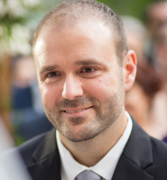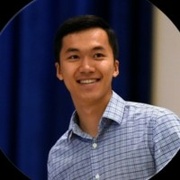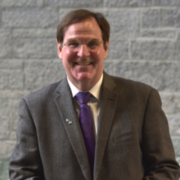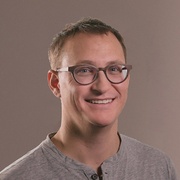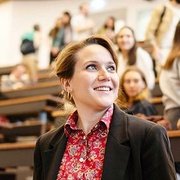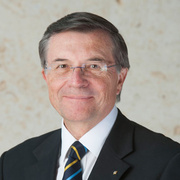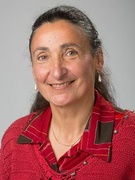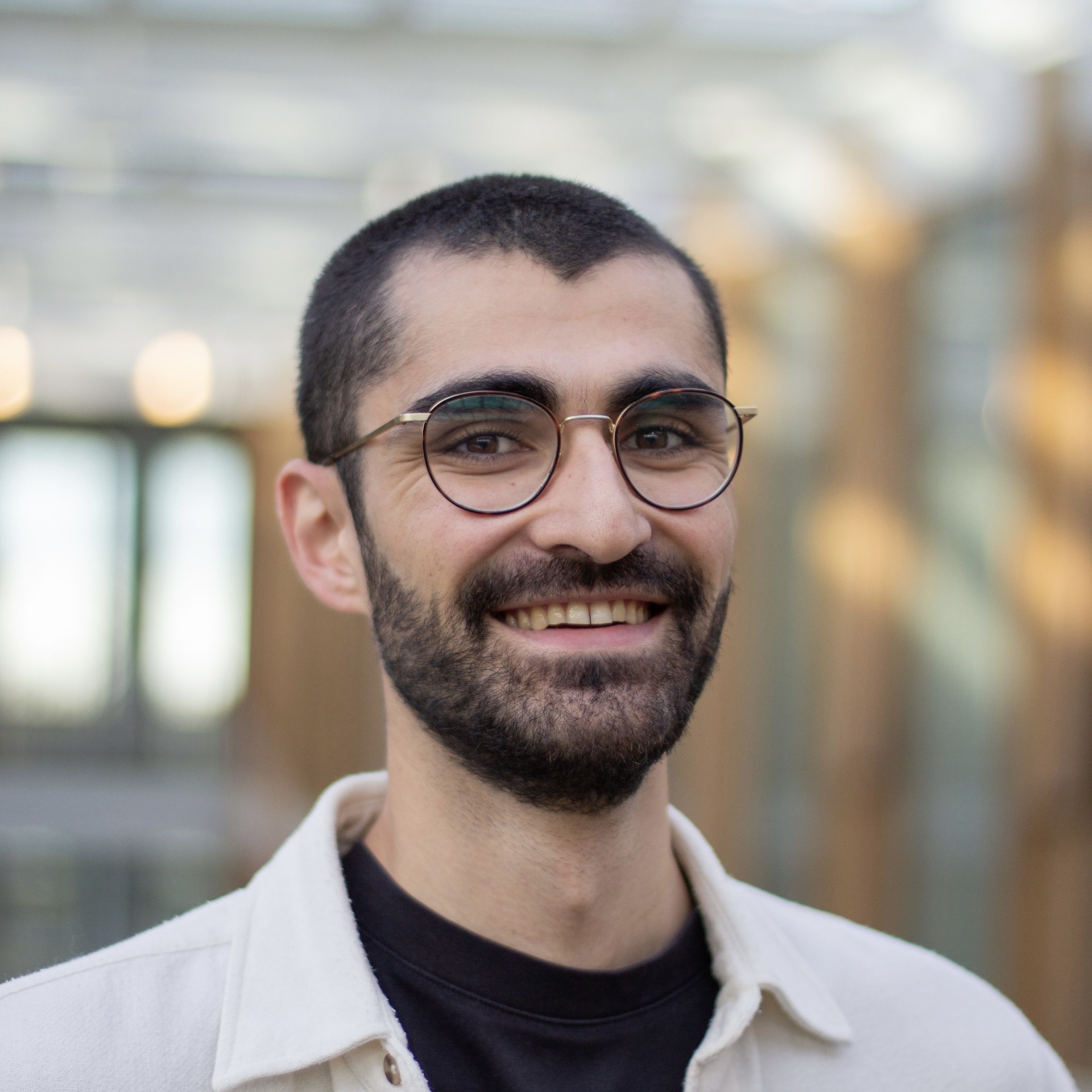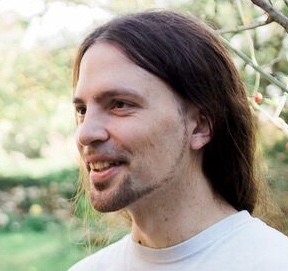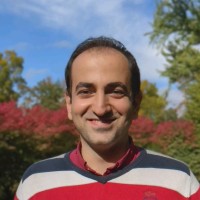
EEG Foundation Challenge: From Cross-Task to Cross-Subject EEG Decoding
The 2025 EEG Foundation Challenge: From Cross-Task to Cross-Subject EEG Decoding is a biosignal challenge accepted to the NeurIPS 2025 Competition Track. This competition aims to advance the field of EEG decoding by addressing two critical challenges:
- Cross-Task Transfer Learning: Developing models that can effectively transfer knowledge from passive EEG tasks to active tasks
- Subject Invariant Representation: Creating robust representations that generalize across different subjects while predicting clinical factors
Check out the Challenge paper on arXiv: 10.48550/arXiv.2506.19141
Competition Tasks

Figure 1: HBN-EEG Dataset and Data split. A. EEG is recorded using a 128-channel system during active tasks (i.e., with user input) or passive tasks. B. The psychopathology and demographic factors. C. The dataset split into Train, Test, and Validation. Details in subsection 1.2 of the proposal.
Challenge 1: Cross-Task Transfer Learning
This supervised learning challenge combines regression and classification objectives. Participants will predict behavioral performance metrics (response time via regression and success rate via classification) from an active experimental paradigm (Contrast Change Detection, CCD) using EEG data from a passive paradigm (Surround Suppression, SuS). Teams can leverage multiple datasets and experimental paradigms to train their models, utilizing unsupervised or self-supervised pretraining to capture latent EEG representations, then fine-tuning for the specific supervised objectives to achieve generalization across subjects and cognitive paradigms. See the Starter Kit for more details.
Challenge 2: Psychopathology Factor Prediction (Subject Invariant Representation)
This supervised regression challenge requires teams to predict four continuous psychopathology scores (p-factor, internalizing, externalizing, and attention) from EEG recordings across multiple experimental paradigms. Teams can employ unsupervised or self-supervised pretraining strategies to learn generalizable neural representations, then adapt these foundation models for the regression targets while maintaining robustness across different subjects and experimental conditions. See the Starter Kit for more details.
Dataset
The competition uses the HBN-EEG dataset (paper, blog post), which includes EEG recordings from over 3,000 participants across six distinct cognitive tasks:
Passive Tasks
- Resting State (RS): Eyes open/closed conditions with fixation cross
- Surround Suppression (SuS): Four flashing peripheral disks with contrasting background
- Movie Watching (MW): Four short films with different themes
Active Tasks
- Contrast Change Detection (CCD): Identifying dominant contrast in co-centric flickering grated disks
- Sequence Learning (SL): Memorizing and reproducing sequences of flashed circles
- Symbol Search (SyS): Computerized version of WISC-IV subtest
Each participant’s data is accompanied by four psychopathology dimensions derived from the Child Behavior Checklist (CBCL) and demographic information, including age, sex, and handedness. Data is in the BIDS (Brain Imaging Data Structure) format.
Awards
Top-ranking teams will be awarded with the following prizes:
- Spotlight Talk for the first team at the 2025 NeurIPS Workshop “Foundation Models for the Brain and Body” to present their work (December 6-7, 2025)
- Cash prizes of 2500$ each for the top 3 teams (Sponsored by Meta)
- Travel costs covered for the main author of the top 3 teams (Sponsored by Meta)
- Registration fees for the whole NeurIPS 2025 conference covered for the main author of the top 3 teams
Motivation
EEG decoding faces significant challenges due to signal heterogeneity from various factors like non-stationarity, noise sensitivity, inter-subject morphological differences, varying experimental paradigms, and differences in sensor placement. While recent advances in machine learning have shown promise, there remains a critical need for models that can generalize across different subjects and tasks without expensive recalibration.
This competition aims to address these challenges by:
- Providing a large-scale, diverse dataset for evaluating model generalization
- Encouraging the development of robust, transferable EEG decoding methods
- Establishing benchmarks for cross-task and cross-subject performance
- Fostering collaboration between machine learning and neuroscience communities
Sponsors

Organizing Institutions


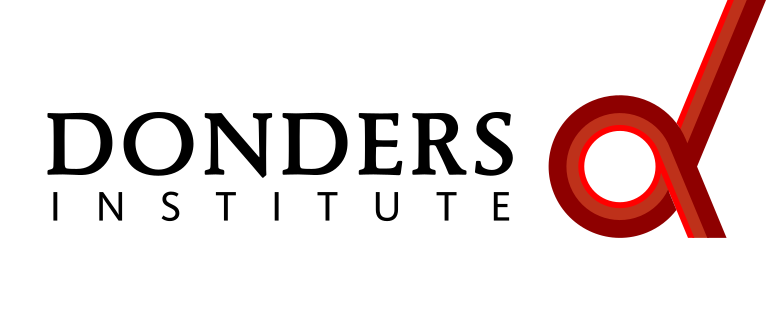
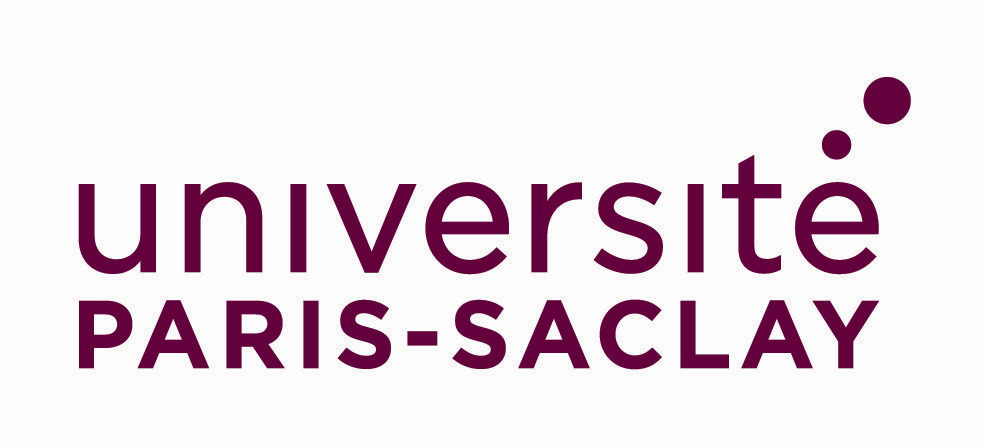
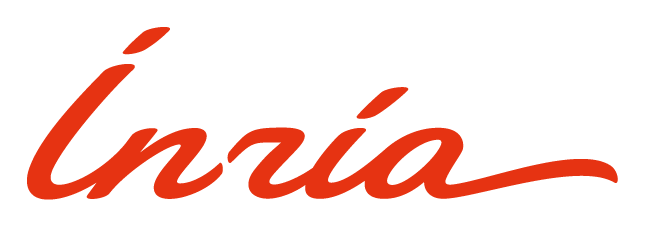

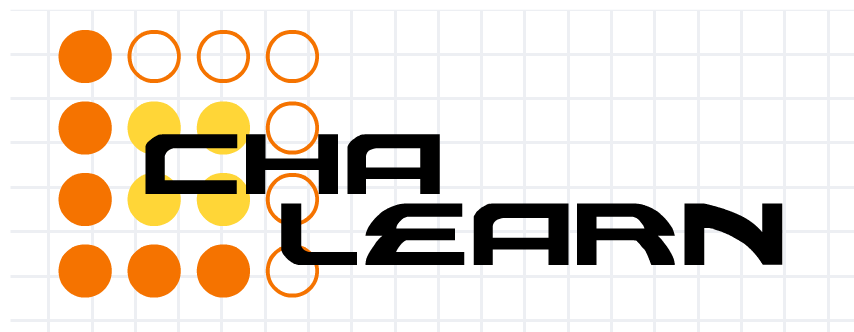




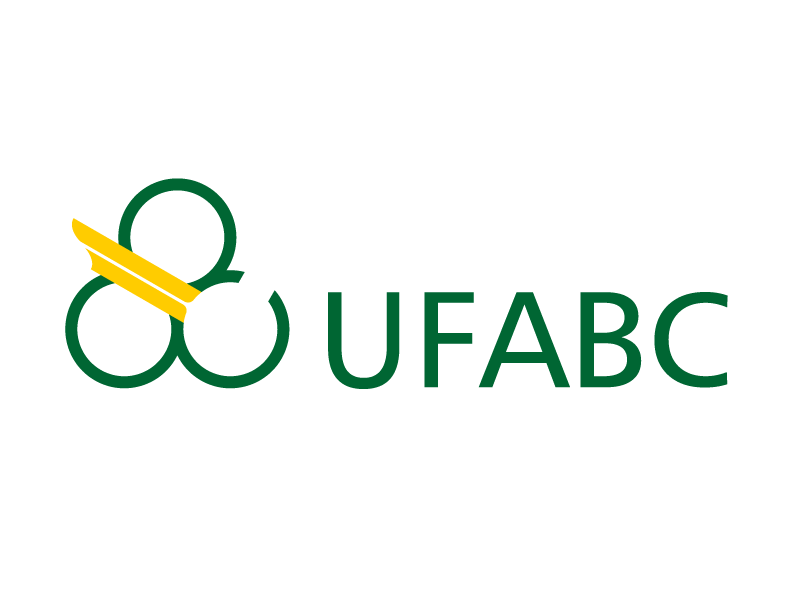
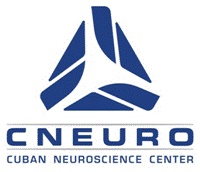



Core Coordinator
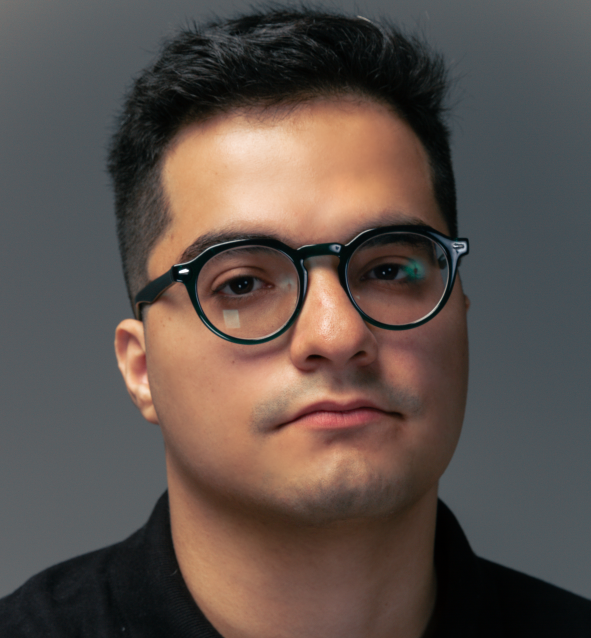
Coordinators
